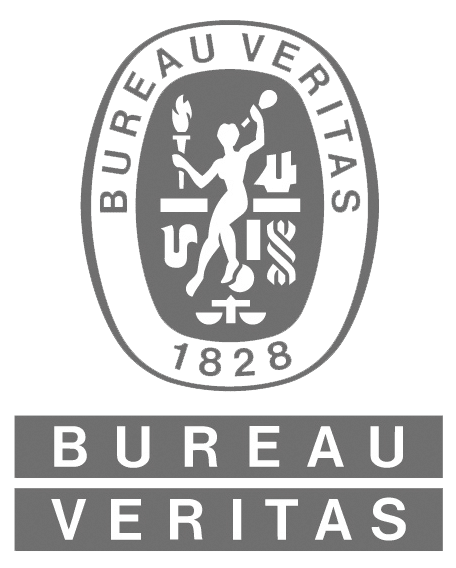Bearing
a machine part which positions and supports load and movement through the action of fitted or formed surfaces that move with respect to each other by sliding, rolling, reciprocating, or by combinations of these motions. Selected bearing types are:
| Rolling element bearingsDeep groove ball Cylindrical roller Tapered roller Spherical roller Needle roller |
Generally consist of two races (rings or raceways) with a set of rolling elements running in their tracks. The rolling elements are in the form of balls or various types of rollers. The outer race is located in a housing and the inner race on the shaft. In ‘self-aligning’ types, often one of the races is not fixed axially but is free to move to allow for limited shaft movement. In ‘thrust’ types, the races are configured to support additional angular contact for axial loading. In needle roller bearings, there is no inner race, no element separator, and the rolling elements turn very close together directly against the shaft. |
| Plain (sliding) bearingsJournal Guide Thrust |
Generally consist of a unmoving solid surface conforming to, and operating directly against, an opposing shaft or plate. Journals may be single-piece or in connected sections, and wrap around all or part of the shaft surface. Guide bearings align rotating or reciprocating parts, while thrust bearings prevent a shaft from moving endwise and support heavy directional loads. |
| Tilting pad thrust bearing |
Characterized by a journal-like enclosure of several separately mounted pivoting pads mounted at right angles to the shaft. |
| Sector pad thrust bearing(also known as Kingsbury bearing) |
Characterized by a series of pivoted wedge-shaped segments mounted parallel to the shaft, against a circular thrust collar extending outward at right angles from the shaft. |
| Flat bearings | Various types of slides, guides and ways. |
